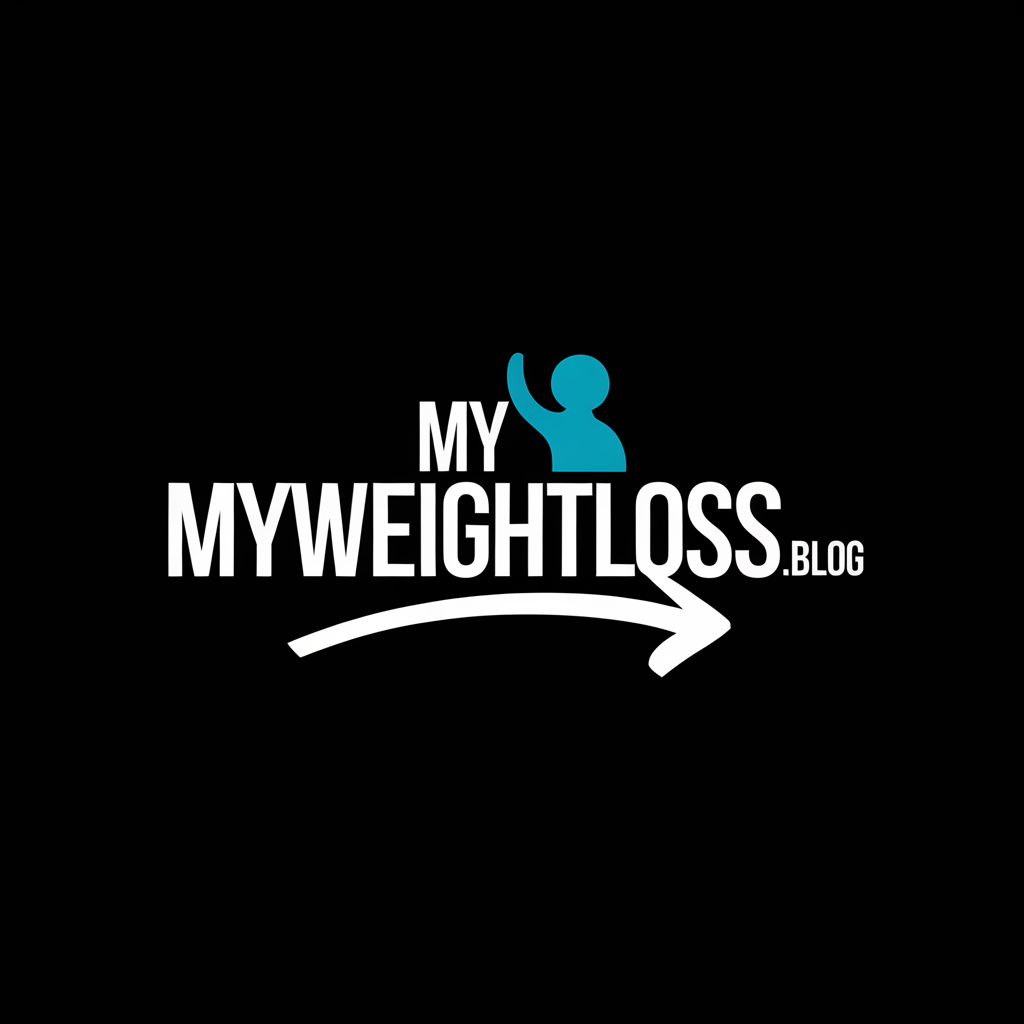Struggling to Lose Stubborn Belly Fat. You’re Making This Mistake!
You’re hitting the gym regularly and watching your diet, but that stubborn belly fat won’t budge. If you’re like most people, you’ve focused all your energy on exercise and nutrition while overlooking a hidden saboteur: stress. Your body’s stress hormone, cortisol, could be the reason your midsection remains resistant to change. Before you try another workout program or diet plan, there’s a crucial connection you need to understand.
The Hidden Link Between Stress and Belly Fat
Ever wonder why stress seems to go straight to your waistline? You’re not alone. When you’re stressed, your body releases cortisol, often called the “stress hormone.” This hormone signals your body to store fat, particularly around your midsection.
One common mistake keeping belly fat around is ignoring how stress impacts your body. When you’re anxious or overwhelmed, you’re more likely to reach for comfort foods, skip workouts, and lose sleep – all factors that contribute to stubborn belly fat.
Your body’s fight-or-flight response can keep cortisol levels elevated, making it nearly impossible to shed those extra inches. Understanding stress hormones and their effects can empower you to make better choices.
The good news? You can break this cycle. Start by identifying your stress triggers and finding healthy ways to cope. Whether it’s meditation, yoga, or a daily walk, managing stress isn’t just good for your mind – it’s essential for your waistline.
Understanding Cortisol’s Impact on Weight Management
Let’s get specific about how cortisol affects your weight. When you’re stressed, your body releases this hormone as part of your natural “fight or flight” response.
While this worked great for our ancestors fleeing danger, today’s chronic stress keeps cortisol levels constantly elevated, directly impacting your waistline.
-
Cortisol signals your body to store fat specifically in your midsection, creating that stubborn belly pouch we all struggle with.
-
High cortisol levels trigger intense cravings for sugary and high-fat foods, making it harder to stick to healthy eating habits.
-
When cortisol remains elevated, it breaks down muscle tissue for energy instead of burning fat, slowing your metabolism.
Like many others dealing with stress-related weight gain, you’re not alone in this struggle. Understanding cortisol’s role helps you take control by focusing on stress management alongside your diet and exercise routine. Additionally, incorporating stress-fighting foods into your diet can help lower cortisol levels and support your weight loss efforts.
Signs Your Cortisol Levels Are Sabotaging Your Progress
While many people blame their diet or exercise routine for stubborn belly fat, your body might be sending clear signals that elevated cortisol is the real culprit. You’re not alone in this struggle, and recognizing these warning signs can help you take control of your weight loss journey.
| Physical Signs | Behavioral Signs |
|---|---|
| Round face | Sugar cravings |
| Upper back fat | Afternoon energy crashes |
| Thin skin | Disrupted sleep |
| Deep belly fat | Mood swings |
If you’ve noticed these indicators, your body’s stress response system might be working overtime. When cortisol stays elevated, it signals your body to store fat, particularly around your midsection. You’ll often feel wired but tired, experiencing bursts of anxiety followed by complete exhaustion. The good news? Once you identify these signs, you can take steps to regulate your cortisol levels through stress management techniques, proper sleep, and balanced nutrition. Additionally, managing stress is crucial for maintaining healthy cortisol levels, which can significantly aid in your weight loss efforts.
Science-Backed Strategies to Lower Cortisol Naturally
Research has shown that lowering cortisol doesn’t require medication or complex interventions. You can naturally reduce your stress hormone levels through proven lifestyle changes that thousands have successfully implemented.
-
Make restful sleep your priority by sticking to a consistent bedtime routine, keeping your bedroom cool and dark, and avoiding screens an hour before bed. Quality sleep directly impacts your body’s cortisol regulation and supports natural fat-burning mechanisms.
-
Practice mindfulness techniques you enjoy, whether it’s meditation, deep breathing exercises, or gentle yoga. Just 10 minutes daily can significantly lower cortisol levels and help your body better manage stress.
-
Maintain social connections and engage in activities that bring you joy. Regular interaction with friends, family, or community groups triggers oxytocin release, which naturally counteracts cortisol’s effects. Plus, laughter and positive social experiences help your body maintain healthy hormone balance.
Creating a Stress-Smart Fitness and Nutrition Plan
Beyond managing your daily stress levels, a well-designed fitness and nutrition strategy can make a substantial difference in reducing stubborn belly fat.
You’ll want to focus on exercises that don’t overtax your system while still being effective, like moderate-intensity cardio and strength training 3-4 times per week.
Your nutrition plan should prioritize whole foods that help regulate cortisol. Include plenty of leafy greens, lean proteins, and healthy fats in your meals.
Don’t skip breakfast – eating within an hour of waking helps stabilize your cortisol rhythm. Space your meals 3-4 hours apart to maintain steady blood sugar levels.
Time your workouts wisely. Exercise during your body’s natural cortisol peak (between 6-8 am) can optimize fat burning.
If you’re not a morning person, late afternoon workouts are your next best option.
Remember to keep post-workout recovery periods sacred – that’s when your body repairs and rebuilds. Additionally, ensuring quality sleep is crucial for effective weight loss and hormonal balance.

